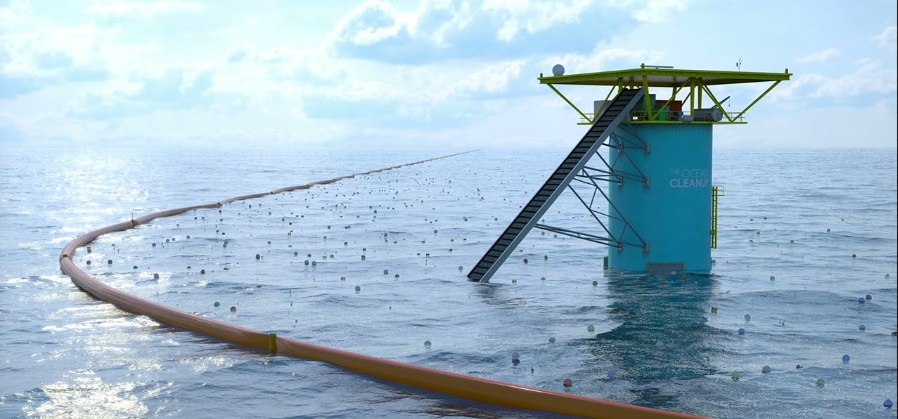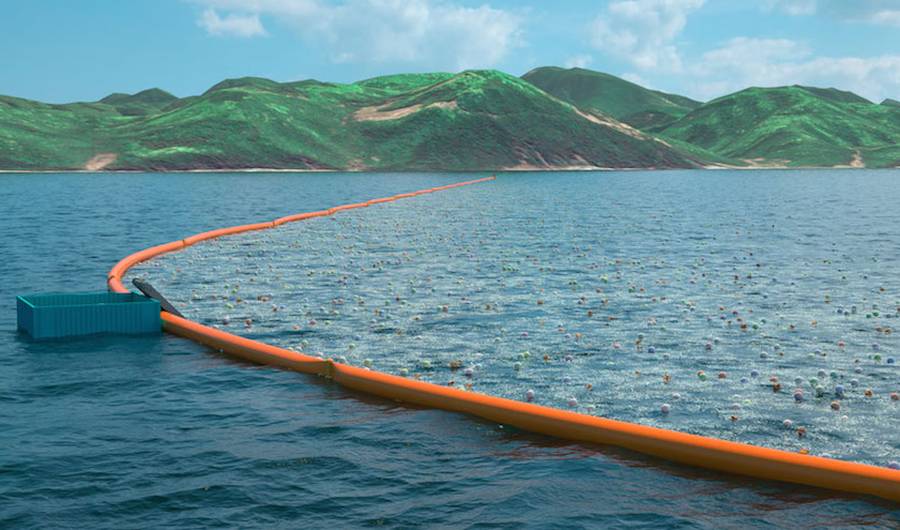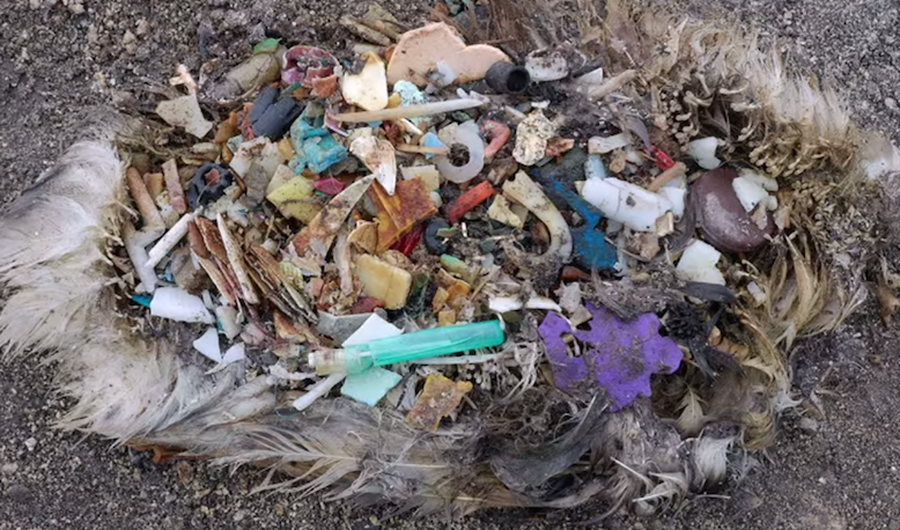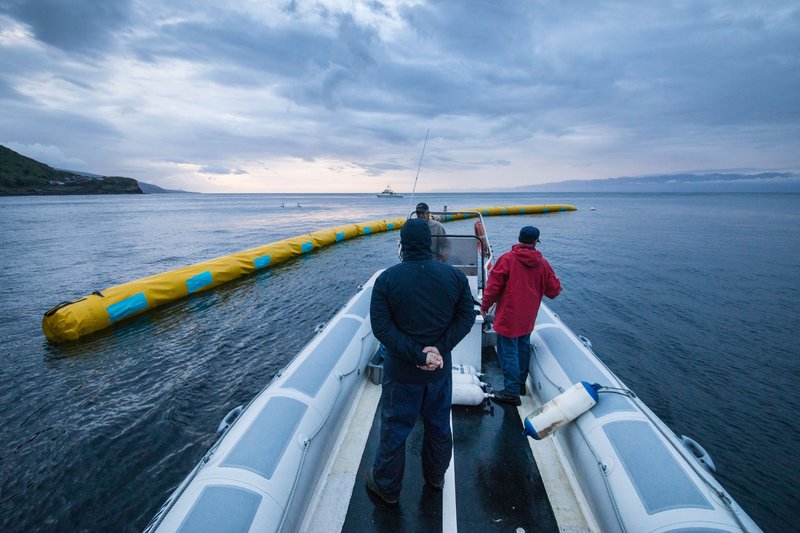
The world’s largest clean up in history, designed by 20-year-old Dutch inventor, environmentalist and aerospace engineering student Boyan Slat, is aiming to remove large quantities of plastic from the oceans efficiently and using environmentally friendly methods.
In 2013, slat founded The Ocean Cleanup—a company which develops technologies to extract, prevent, and intercept plastic pollution—which is set to deploy the world’s first ever system to passively clean the world’s oceans on a large scale. Traditional methods of collecting the oceans garbage require the use of nets, which poses threat to ensnared wildlife. Instead, the ocean clean up system use the oceans natural current to steer and collect the garbage into stationary solid barriers. Once collected the garbage can then go on to be recycled.
The ocean cleaning system will span 2,000 meters, making it the largest floating structure humans have ever deployed into the ocean. Currently the system is scheduled to be deployed in 2016, off the coast of Japan’s Tsushima island.
“Taking care of the world’s ocean garbage problem is one of the largest environmental challenges mankind faces today. Not only will this first cleanup array contribute to cleaner waters and coasts but it simultaneously is an essential step towards our goal of cleaning up the Great Pacific Garbage Patch. This deployment will enable us to study the system’s efficiency and durability over time,” Slat said in a press release.
The Great Pacific Garbage patch, located in the central North Pacific Ocean, contains the highest abundance of waste, plastic and chemical sludge of any ocean and is estimated to weigh at least one million tons. Oceanic currents have drawn in waste material from pacific coastal regions, and then wind-driven surface movements have trapped the debris in the center of the region. This collection of waste poses a great danger to marine life.
As the garbage can never fully be dissolved within the ocean, materials break down into small particles known as ‘microplastics.’ Birds, fish and other species often consume the microplastics and larger debris. As these materials cannot be digested they are collected within animals’ bodies, causing the animals premature death. “Over 100,000 mammals and over a million seabirds die each year,” for this reason, Slat told an audience in New York City in June 2014.
Cleaning oceanic waste is one of the largest and most challenging environmental issues we have had to tackle, with many believing the task was unachievable. Yet, with the collaboration of a team of engineers, scientist, volunteers, investors and donators, cleaning the world’s oceans no longer seems impossible. In 2014, The Ocean Cleanup conducted a study which confirmed “the passive system is indeed likely a feasible and cost-effective method to remove half the Great Pacific Garbage Patch in 10 years’ time”. However, Slat’s ocean cleaning system is not the final solution to eradicating the waste within the oceans. We must learn for our initial mistakes and tackle the source of the problem —prevent any further waste from entering the oceans.
You want to support Anonymous Independent & Investigative News? Please, follow us on Twitter: Follow @AnonymousNewsHQ









Let’s get it on…..
Get it on the floor, get it, get it on the floor (8)
You don’t wanna party then your ass gotta go
Now you can ride to this motherfucker
Bounce to this motherfucker
Freak to this motherfucker
Let’s GET it on